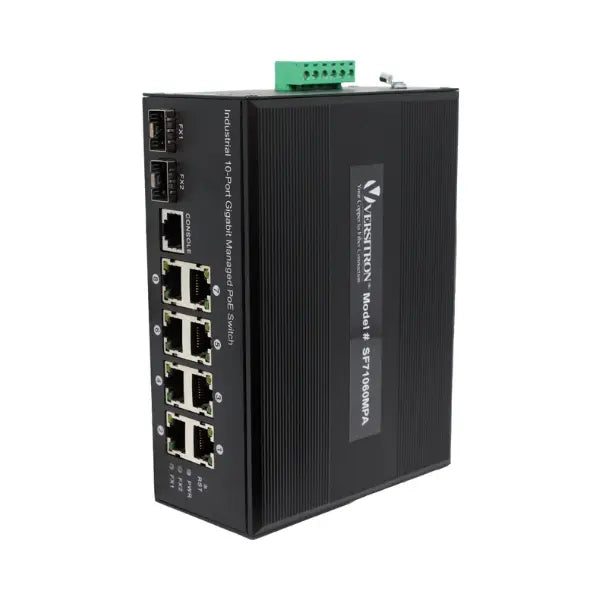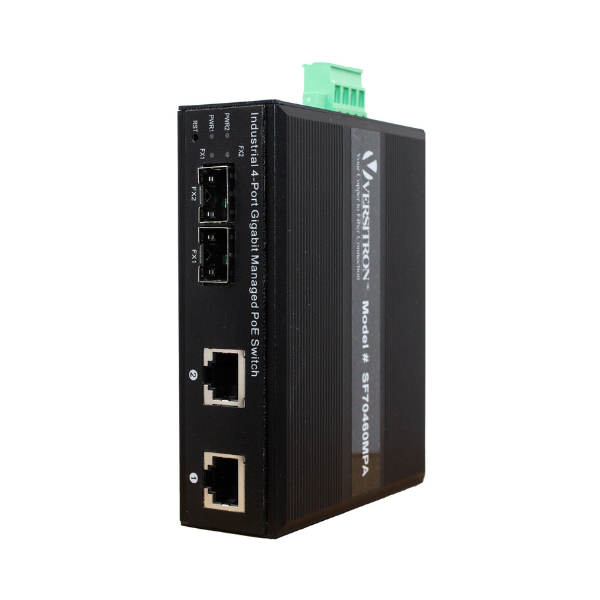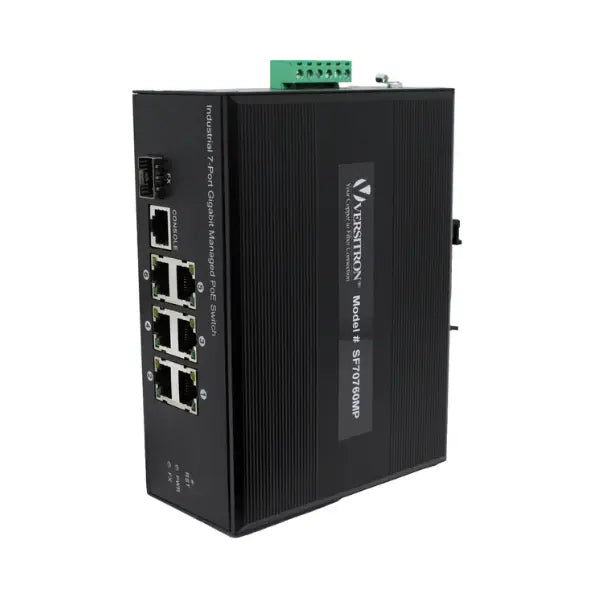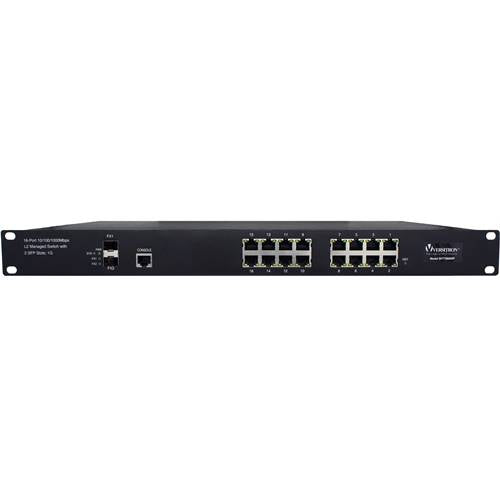In today's interconnected society, the importance of robust computer networks cannot be overstated. Even a short interruption in network connectivity can result in disruptions and financial setbacks for companies. This is where self-healing network step in. Self-healing network can identify, analyze, and resolve network problems automatically, guaranteeing minimal downtime and top-notch performance.
Let's learn what a self-healing network is, how it works, and the benefits that can be gained.

What is a Self-Healing Network?
A self-healing network is a computer network that can identify and resolve network problems or faults automatically, without human intervention.
This process often relies on network redundancy features that activate upon detecting a failure, or through the use of artificial intelligence and machine learning algorithms, which identify, diagnose, and rectify network anomalies.
How Do Self-Healing Networks Work?
Self-healing networks operate through a series of steps:
- Detection: Self-healing networks continuously monitor various parameters of the network, including traffic patterns, performance metrics, and device statuses. They utilize this data to detect any anomalies or issues that may arise, such as network congestion, device failures, or security breaches.
- Diagnosis: Once an issue is detected, the self-healing network analyzes the data to determine the root cause of the problem. This process may involve identifying faulty network devices, misconfigurations, or malicious activities.
- Remediation: After making a decision, the self-healing network automatically implements the necessary changes to resolve the problem. This could include automatically restarting failed devices, updating configuration settings, or deploying security patches to vulnerable systems.
- Verification: Once the remediation steps are complete, the self-healing network verifies that the problem has been resolved and validates that the network is functioning correctly. It continues to monitor the network to ensure that the issue does not recur and that the network remains healthy.

Benefits of Self-Healing Networks
- Enhanced Reliability and Uptime: By automatically detecting and addressing issues, self-healing networks reduce the likelihood of network downtime. This increased reliability ensures that critical business operations can continue without interruption.
- Reduced Downtime and Operational Costs: By reducing downtime and minimizing the need for manual troubleshooting and repair, self-healing networks can help organizations save money. The automated nature of these networks also frees up IT staff to focus on more strategic tasks rather than firefighting network problems.
- Improved Security Posture: Self-healing networks can automatically respond to security threats, such as malware infections or unauthorized access attempts. By isolating compromised devices and implementing security measures in real-time, these networks help protect sensitive data and prevent breaches.
- Scalability and Agility: It can dynamically adapt to changes in network conditions, such as increased traffic or the addition of new devices. This scalability ensures that the network can continue to support growing business needs without sacrificing performance or reliability.
- Adaptability to Complex Environments: In today's increasingly complex network environments, with distributed architectures and diverse technologies, self-healing networks provide a way to manage and maintain stability despite the complexity. They can adapt to changes in the network topology, configuration, and traffic patterns, ensuring resilience in dynamic environments.
Real-World Applications
- Telecommunications and Service Providers: Telecom companies rely on self-healing networks to deliver reliable and uninterrupted services to their customers. Telecommunication companies use self-healing networks to maintain reliable communication services. These networks can automatically reroute traffic in the event of network failures, ensuring uninterrupted connectivity for customers.
- Enterprise Networks: Large organizations deploy self-healing networks to ensure seamless connectivity and productivity for their employees.
- Cloud Computing Environments: Cloud providers leverage self-healing networks to maintain the availability and performance of their infrastructure and services.
- Critical Infrastructure and IoT Deployments: Industries such as utilities, transportation, and healthcare utilize self-healing networks to ensure the reliability and resilience of their systems.
- Finance: In the financial industry, where uptime and data integrity are critical, self-healing networks help ensure continuous operation of trading platforms, ATMs, and online banking services. They can detect and mitigate network disruptions to prevent financial losses and maintain customer trust.
- Healthcare: Healthcare organizations rely on networked systems for patient monitoring, electronic health records (EHR), and telemedicine. Self-healing networks in healthcare ensure that these systems remain available and secure, supporting timely patient care and data privacy.
- Retail: Retailers rely on networked systems for point-of-sale (POS) terminals, inventory management, and online sales platforms. Self-healing networks ensure smooth operation of these systems, even during peak shopping seasons, by quickly resolving network issues.
- Education: Educational institutions use self-healing networks to support e-learning platforms, campus-wide Wi-Fi, and administrative systems. These networks improve accessibility to educational resources and maintain productivity for students and staff.
How PoE Switches Enhance Self-Healing Networks
Power over Ethernet (PoE) switches play a crucial role in enhancing the functionality of self-healing networks. PoE switches provide power and data connectivity to network devices such as IP cameras, access points, and IoT sensors through a single Ethernet cable.
PoE switches simplify network deployment and management by consolidating power and data transmission, making them ideal for self-healing networks.
Here's how PoE switches contribute to the effectiveness of self-healing networks:
- Simplified Deployment: PoE switches eliminate the need for separate power outlets, reducing the complexity of network infrastructure deployment. This simplification streamlines the installation process, enabling faster deployment of self-healing network solutions.
- Flexibility and Scalability: PoE switches support flexible deployment scenarios, allowing network devices to be easily added, moved, or replaced as needed. This scalability ensures that self-healing networks can adapt to changing business requirements and growth without significant disruptions.
- Remote Management: Many PoE switches feature remote management capabilities, allowing network administrators to monitor and control devices from a central location. This remote management functionality enables proactive monitoring of network health and performance, facilitating timely intervention and remediation of issues in self-healing networks.
- Energy Efficiency: PoE switches optimize power usage by delivering power only to devices that require it, thereby reducing energy consumption and operational costs. This energy efficiency is especially beneficial for self-healing networks, where uptime and reliability are critical.
Ready to enhance the resilience and reliability of your network infrastructure? Explore the networking solutions offered by Versitron, a leading provider of self-healing network technologies. Contact us today to learn more about how Versitron's PoE switches can help your business achieve seamless connectivity and uninterrupted operations.









